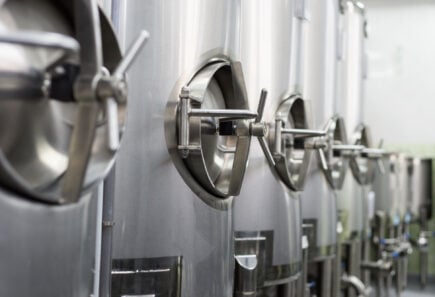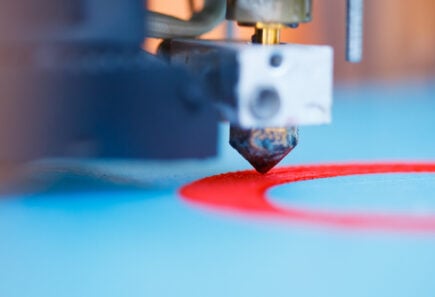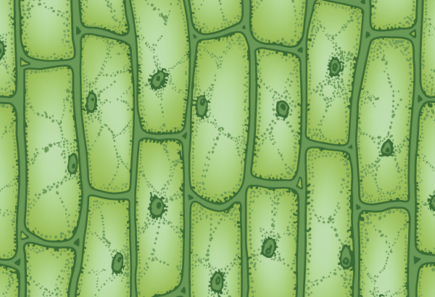
Add a role to GFI’s Alt Protein Careers Board
Blake ByrneUse this form to add a job, internship, or funding opportunity to GFI’s Alt Protein Careers Board.

Use this form to add a job, internship, or funding opportunity to GFI’s Alt Protein Careers Board.

Use this form to share funding opportunities with alternative protein researchers.

In 2016, the year GFI was founded, we launched two alternative protein startups and accelerated innovation in the public and private sectors.

Monthly report straight from the desk of GFI President and Founder Bruce Friedrich showcasing GFI’s work to make the global food system better for the planet, people, and animals.

Sign up for our general newsletter to keep up with major alternative protein milestones and gain key industry insights.

Learn more about cell culture media used in cultivated meat production.

GFI grantee Dr. Mariana Petronela Hanga is researching culturing different cell types at the same time.

Learn about Dr. Marianne Ellis’s work at University of Bath to reduce the cost of bioreactors for cultivated meat production.

Learn about GFI grantee Dr. Sara Oliveira’s work 3D bioprinting scaffolds for cultivated meat the International Iberian Nanotechnology Laboratory in Portugal.

Learn about scaffolding materials and methods for cultivated meat.